Straumsnutane January 10th – 12th
01-17-2018
Category: Scientific Work
With a few days of good weather, the team had a very productive time at one of our most northerly field sites, Straumsnutane.
This site is on the west side of an ice stream (a “river” of much faster-flowing ice that drains ice from this part of the ice sheet), and so we want to see how the ice sheet level has changed in this dynamic area. The picture shows the ice stream from the air – the cracks are crevasses that open up because of tension (pulling apart) in the ice as it moves, and the second picture shows the same ice stream from the ground.

View of ice stream from land provided by Jon Harbor.
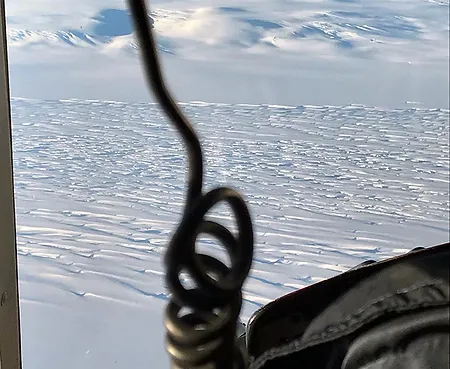
View of ice stream from the air provided by Jon Harbor.
We drove out from the research station with our snowmobiles, sleds, and living modules, and set up camp near a set of potential field sites that we had identified from remote sensing images, geologic mapping, and accounts from other geologists who had visited the area previously. On arriving at our campsite, Sarah sets up the GPS base station and we organize the living modules and tents, one tent is our meeting room, and the other is the bathroom.
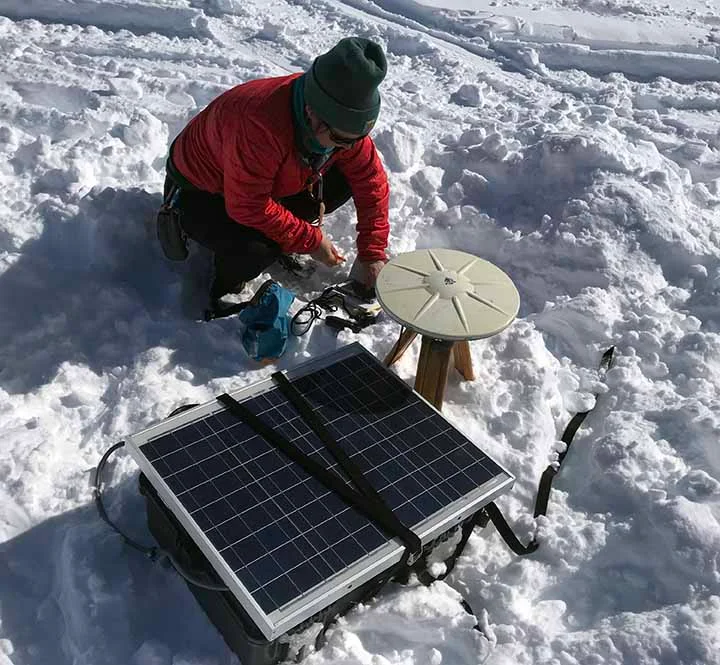
Sarah setting up GPS station, provided by Jon Harbor.
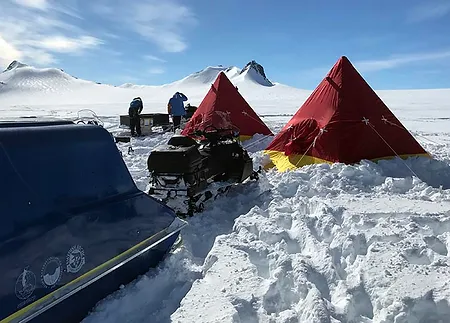
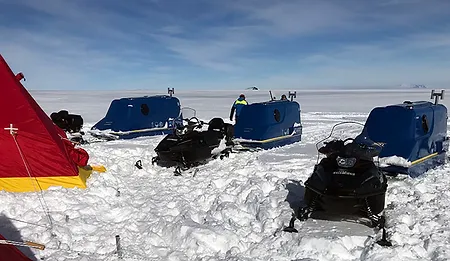
One tent is a meeting room and the other one is the bathroom, provided by Jon Harbor.
We then set off for the field area. Much of our time is spent walking along ridges of rock that stick up from the ice, looking for evidence of past times when the ice was thicker and flowed over the ridge. We use a hand lens (a small magnifying glass) to check the rock carefully to see if it has the right minerals in it for the laboratory analyses we want to do on rock samples and take lots of notes and measurements for each sample site. We are really happy when we find a large piece of quartz-rich material in the rock, as this makes for the very best samples!
Off to sample! Provided by Jon Harbor.
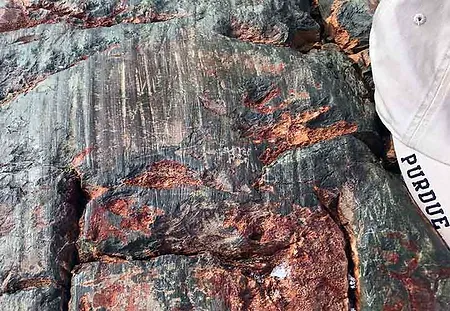
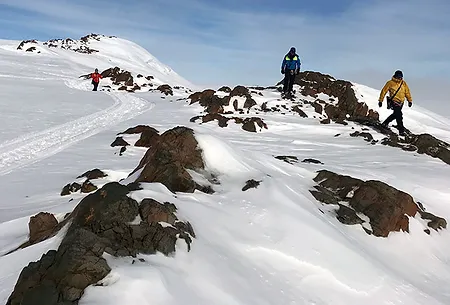
Prominent striations (left), walking along ridge (right), provided by Jon.
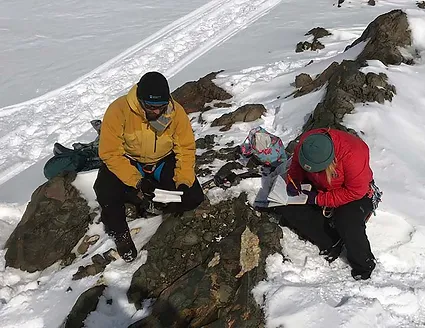
Always note taking! Can't miss a single observation! Provided by Jon Harbor.
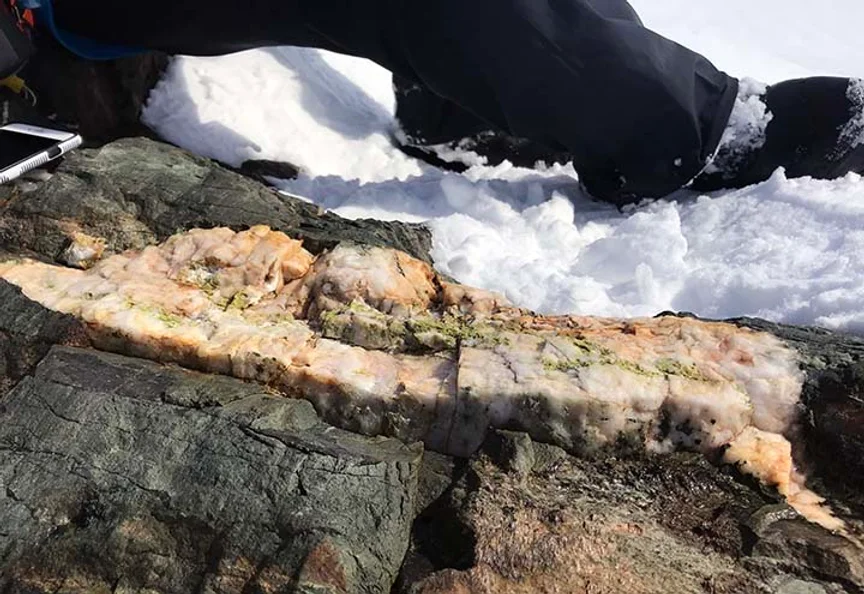
Quartz-rich material! Amen! Provided by Jon Harbor.
At Straumsnutane we ended up with ten good sample sites for the west side of the ice stream. And in the following days the team visited another nunatak on the eastern side of the same ice stream and found another six good samples sites. We are excited to see what the results will be after all of the analyses are finished later this year.
#FieldWork #RemoteSensing #Nunatak